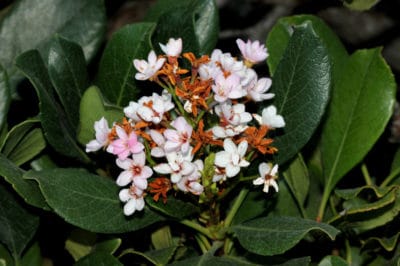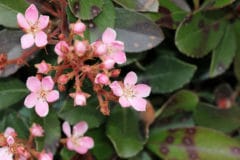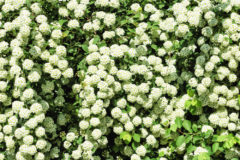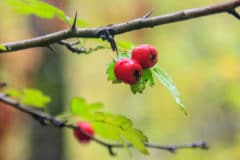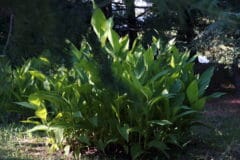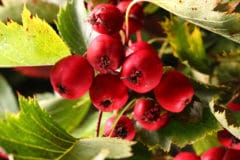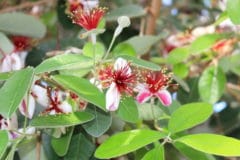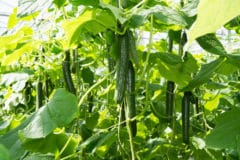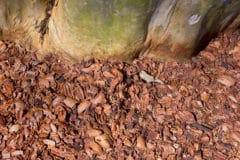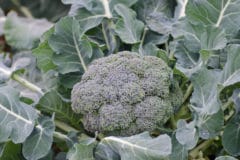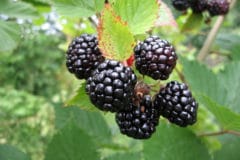Where to Plant an Indian Hawthorn Hedge
Established Indian hawthorns resent being moved, so plan carefully when planting your hedge. Like other hawthorn tree hedges, it will need six or more hours of daily sun and well draining soil.
Soil Amendments
Before planting, amend very sandy or dense soil with high-quality organic matter:
- To help very sandy soil retain moisture, mix in peat moss, compost or top soil.
- Loosen dense clay soil with well-aged cow manure, mushroom compost or an equal amount of good planting mix.
Expert gardener’s tip: If at all possible, plant Indian hawthorns where morning sun will dry the dew from their leaves. Wet leaves invite Entomosporium leaf spot, a disease very common on these shrubs.
Spacing
For a compact, tidy hedge that seldom needs pruning, plant your Indian hawthorns on 2-foot centers. That is, dig your holes so the shrub’s centers will be 2 feet apart.
How to Plant Your Hedge
Things you’ll need:
- Transplanting spade
- Garden hose
- Organic mulch
- Dig holes two times the width of and the same depth as the planting containers.
- Remove a plant from its container and gently loosen the roots. If the soil around them is compacted, wash some of it off with the garden hose.
- Center one of the shrubs in its hole at the same depth it was in the container, and cover the rootball with soil, but leave the crown exposed. Tamp lightly while you work to remove air pockets.
- Water thoroughly to settle the soil.
- Repeat with the remaining hawthorns.
- Mulch around the shrubs with a 2 to 3-inch layer of organic mulch such as aged wood chips. Don’t let it touch them; this encourages bark rot.
Post-Planting Care
Water your new hedge to keep the soil evenly moist. When you see new growth emerging, the roots have established. For the rest of the growing season, soak them deeply when the top two inches of soil are dry to the touch. Soggy soil promotes root rot.
Water drought-tolerant established Indian hawthorns only if they begin to droop.
To maintain its vigor and color, fertilize your hedge every spring with a slow-release, organic shrub fertilizer. Look for one with sulfur or iron.
